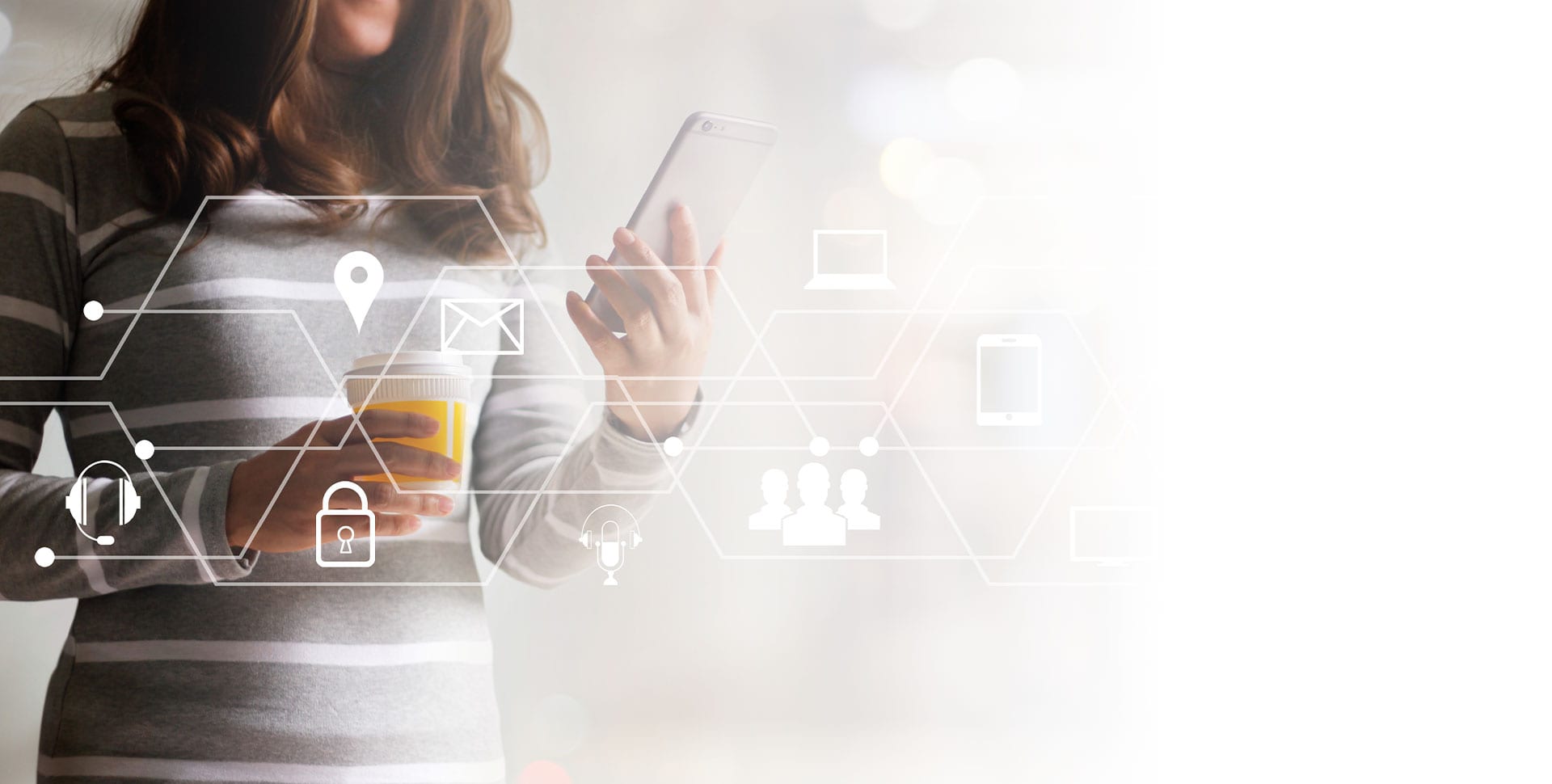Physical Access Control | IoT Technologies
The presence of IoT means that data about a particular physical environment can be processed and relayed much faster. If access control devices are able to communicate with surveillance cameras and other security deterrents, it means that companies will receive security alerts right when they happen. IoT-enabled physical security, such as smartphone managed locks, enable companies to treat their office entrance as an access point, where data flow. The level and type of data can also be controlled. This is the same logic that applies to monitoring internet traffic.
Physical Access Control – Q&A
What is physical access control?
Physical access control is a matter of who, where, and when. An access control system determines who is allowed to enter or exit, where they are allowed to exit or enter, and when they are allowed to enter or exit. … The electronic access control system grants access based on the credential presented.
What is access control in IoT?
In IoT access control systems, each lock, access controller, card reader and other associated devices are provided with unique IP addresses with which they communicate among themselves. These devices are connected through wireless networks to their mobile/software application.
How IoT can be used to enhance security?
Another method to provide IoT security is to restrict the use of internet on the connected devices. Blocking a program behind a firewall or restricting usage to only certain features of the software, saving critical data from leaking. All the devices connected to the network should be updated to the latest software.
Why security is important in IoT?
Hardware, software and connectivity will all need to be secure for IoT objects to work effectively. Without security, any connected object, from refrigerators to manufacturing bots, can be hacked. Once hackers gain control, they can usurp the object’s functionality and steal the user’s digital data.
What is the most common form of physical access control?
Identity authentication is based on a person’s physical characteristics. The most common physical access controls are used at hospitals, police stations, government offices, data centers, and any area that contains sensitive equipment and/or data.
What are the physical security controls?
Physical security has three important components: access control, surveillance and testing. … Such hardening measures include fencing, locks, access control cards, biometric access control systems and fire suppression systems.
Pain point(s) surrounding the need for physical access control:
Security
Uptime
Hardware / failure
Insecure data transfer
Outdated / patched systems & software
Ransomware
Botnet / attacks
Spyware
Solution(s) provided by our physical access control technologies:
It handles all the number crunching and local data manipulation and decision-making. … The input ports collect data from sensors. While the outputs support any necessary actuation or local control in the IoT device. Usually, microcontrollers control various devices or subsystems within embedded applications.
Applications
Facility management
Offices
Banks
Community / municipalities
Smart buildings
Smart cities
Healthcare








Recent Comments